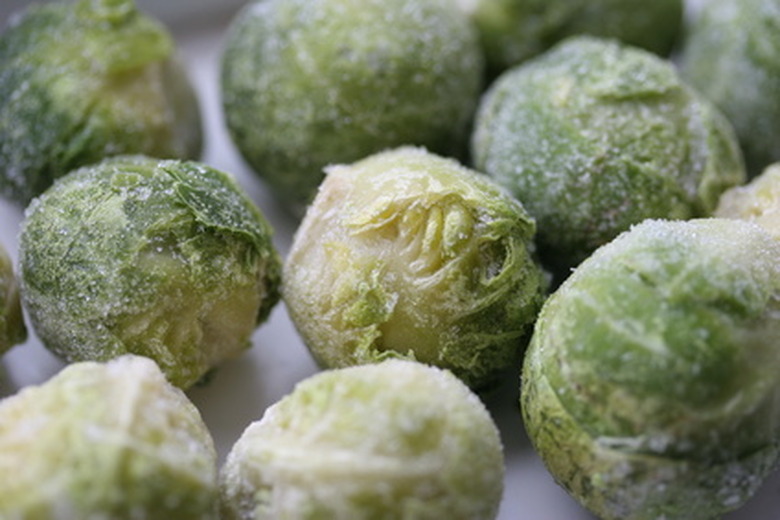What Vegetables Should I Grow In The Winter In South Alabama?
The southern part of Alabama is rated Zone 8 by the United States Department of Agriculture. This means that the lowest winter temperatures do not dip below 10 degrees F. Alabama's mild winters are warm enough that with careful preparation–including using greenhouses, high tunnels and mulch for tender plants on rare nights where the temperature will drop below 20 degrees F–Alabama gardeners can grow some vegetables all winter long.
Greens
Leafy, low-growing vegetables will do well in temperatures as low as 10 degrees F. These plants have a compact form that is close to the ground, which provides some shelter from cold temperatures. Additionally, low-growing plants can be covered with floating row covers or straw mulch to protect them from cold weather. Leafy plants should be started in fall so that they will mature before the temperatures become very cold. This will ensure that they withstand cold temperatures better. Some varieties of greens that grow well in southern Alabama include spinach, lettuce, kale, cabbage, broccoli and celery.
- The southern part of Alabama is rated Zone 8 by the United States Department of Agriculture.
- Leafy, low-growing vegetables will do well in temperatures as low as 10 degrees F. These plants have a compact form that is close to the ground, which provides some shelter from cold temperatures.
Root Crops
Root crops have even more cold-resistance than low-growing, leafy vegetables because root crops are in the ground. Plant root crops in late July or early august in southern Alabama so that they will be well-established before winter weather sets in. Some root crops, such as turnips or Swiss chard also have edible green, leafy tops that should be harvested when the leaves are young and tender. Root crops may be harvested all winter long. Some ideal root crops for southern Alabama winter gardens include turnips, Swiss chard, radishes, onions, garlic, horseradish, carrots and beets. Some root crops–such as rutabaga–need additional mulching for protection if the temperature drops below 20 degrees F.
Frost-Loving Vegetables
Some garden vegetables improve in taste once they are exposed to the first frost of the year. Roots, such as parsnips, become more flavorful once their exposed tops are touched by frost. Brussels sprouts will not attain their desirable, compact shape unless they are harvested during periods of frost and cold. Warm weather will cause Brussels sprouts to appear loose and open. Fruits such as rose hips will not ripen until after the plant has been touched by the first frost of the year. After a heavy frost, rose hips will turn orange and then red. The fruit can be harvested and made into a vitamin C-rich syrup or jelly.
- Root crops have even more cold-resistance than low-growing, leafy vegetables because root crops are in the ground.
- Some root crops, such as turnips or Swiss chard also have edible green, leafy tops that should be harvested when the leaves are young and tender.
